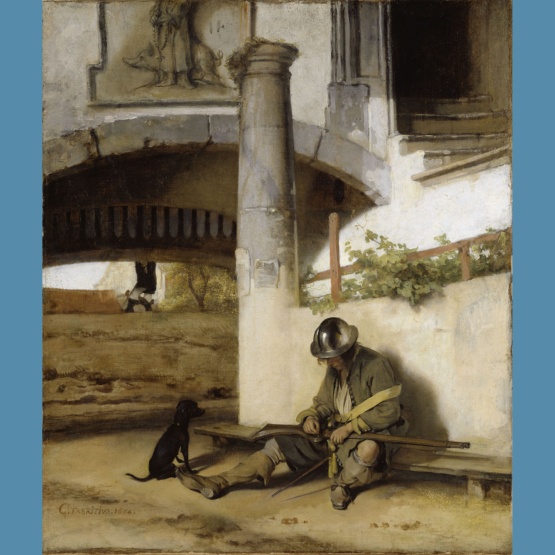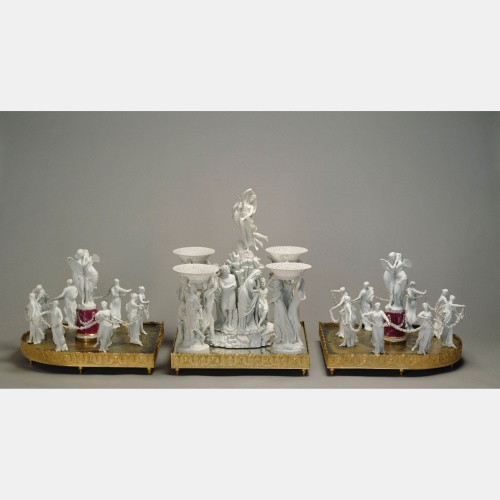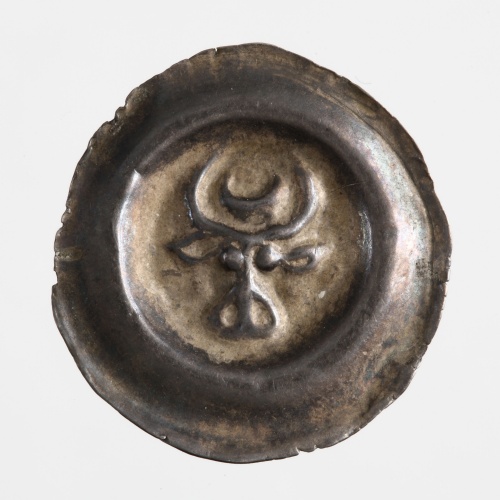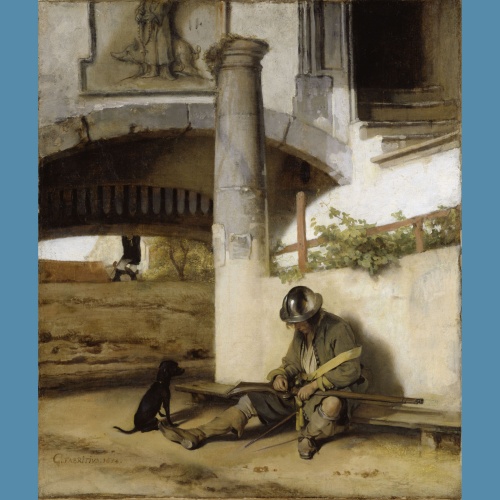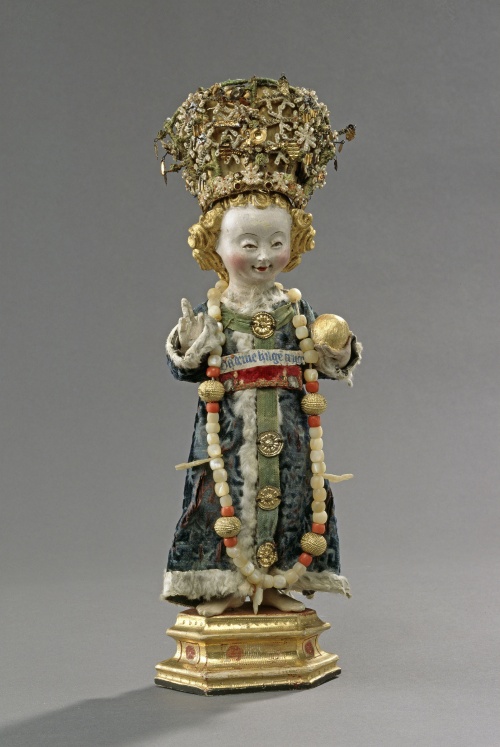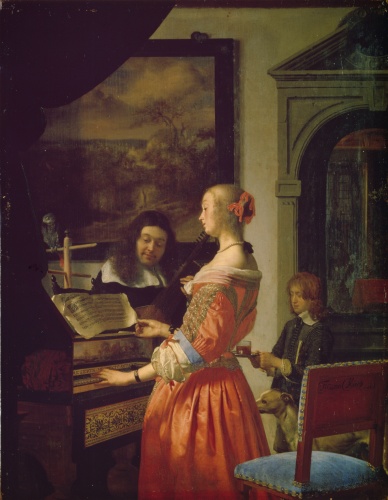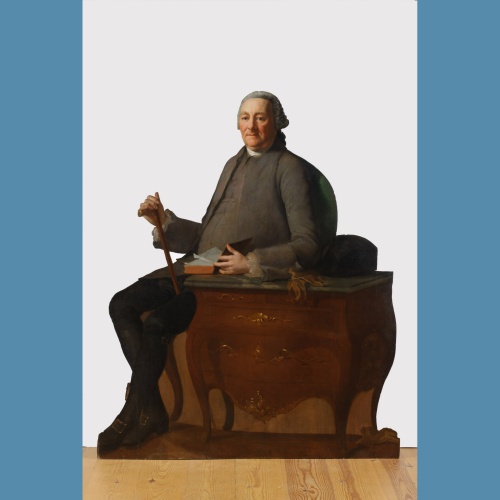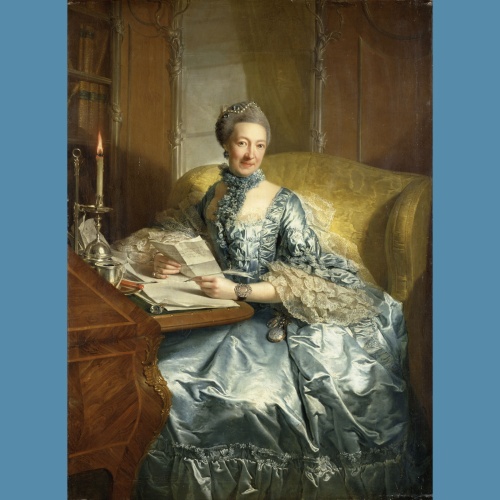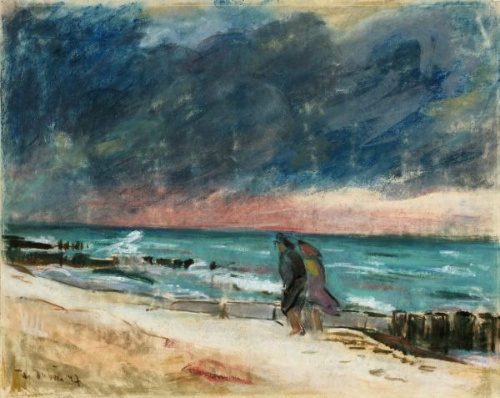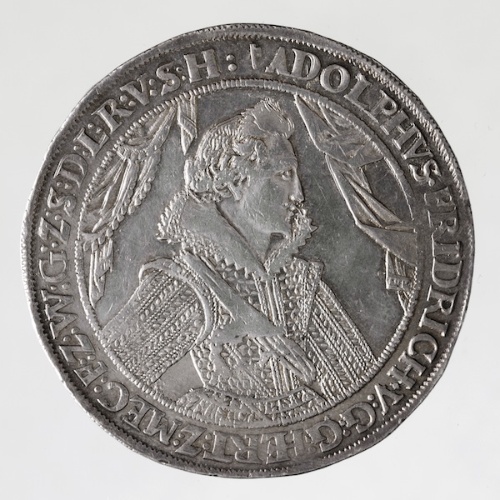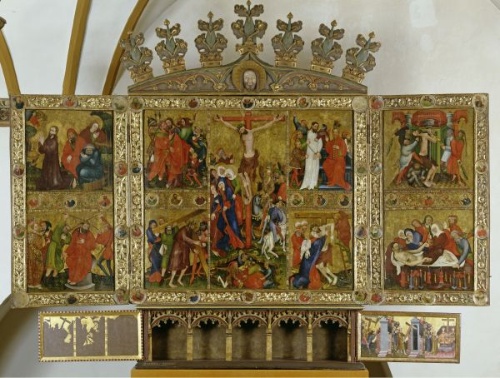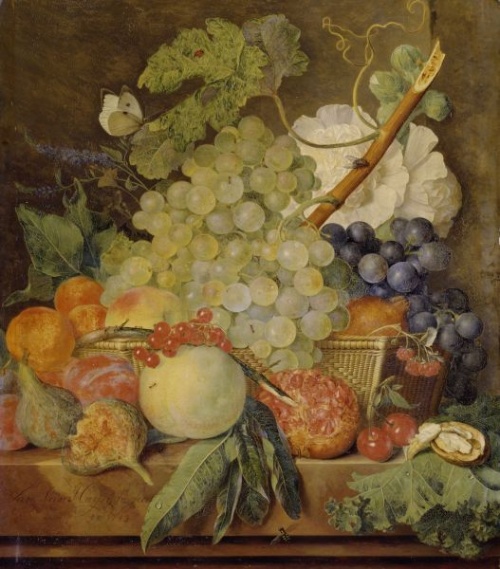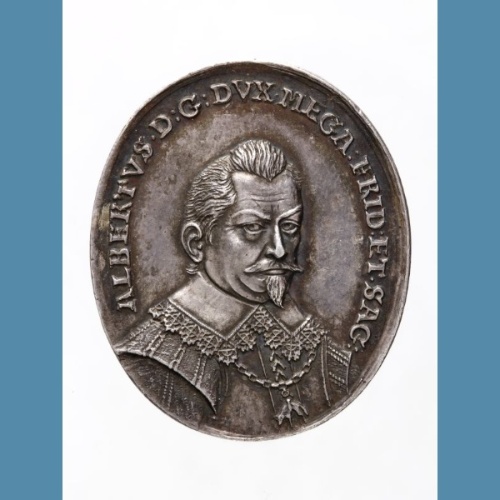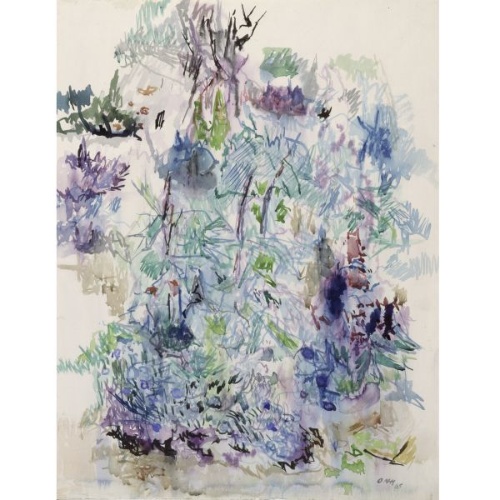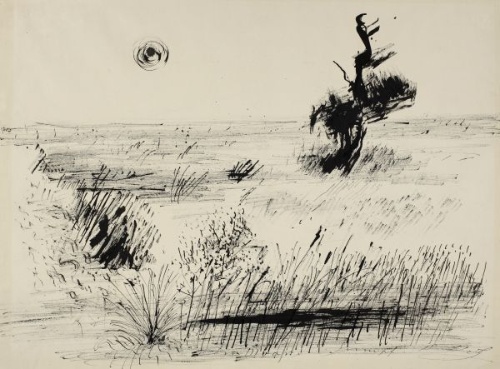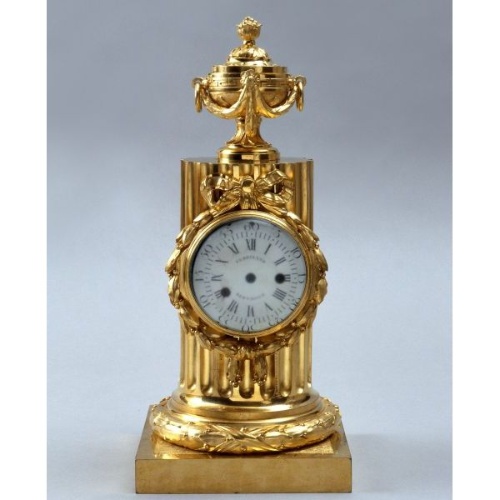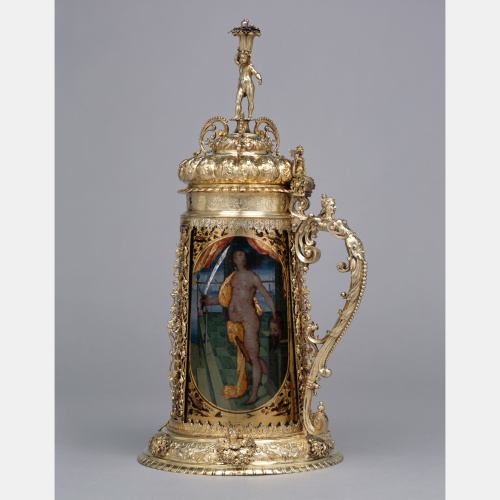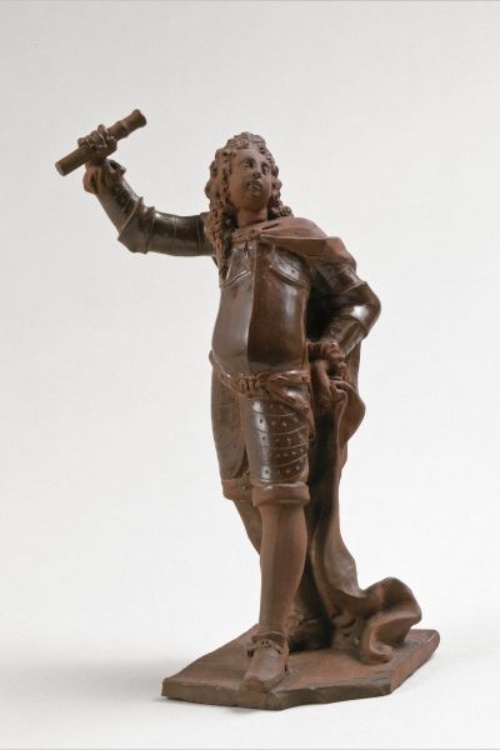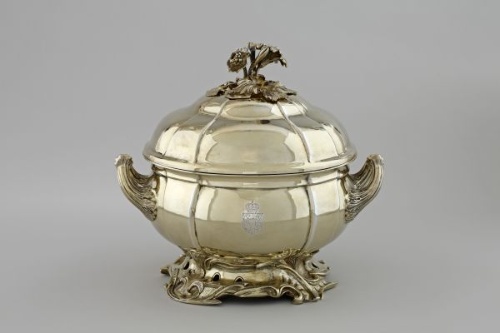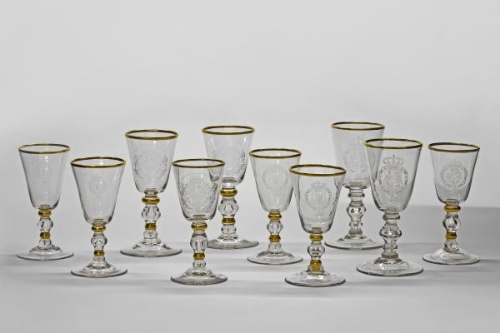Carel Fabritius: The Sentry
- 1654, canvas, height: 67.5 cm
In 1807 Mecklenburg was under French occupation. The Duke fled to Altona. The director of the Musée Napoléon seized the opportunity and removed “The Sentry” by Carel Fabritius along with more than 200 other paintings from Schwerin Castle and took them to Paris. It was only in Paris that the signature on the painting was exposed and the talent of the previously unknown artist received a degree of recognition that was strongly reflected in the contemporary art trade. Yet from 1814, only seven years after the theft, Mecklenburg was one of the European powers that reclaimed their works of art from Paris.
The art world had forgotten where “The Sentry” by Carel Fabritius could be found. When William Thoré-Bürger compiled the artist’s catalogue of works in the 1860s he only knew about the picture from descriptions of it, yet he still evaluated it as one of the main works. There is hardly anything that shows the cultural and historical situation in Mecklenburg in the 19th century more succinctly than the disappearance of this famous masterpiece from Schwerin.
Text: G. S.
